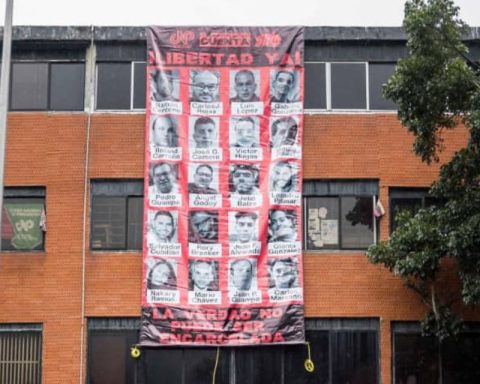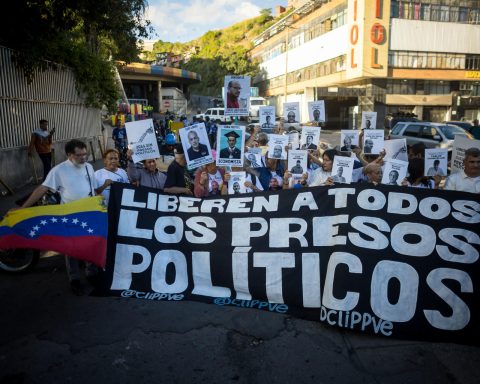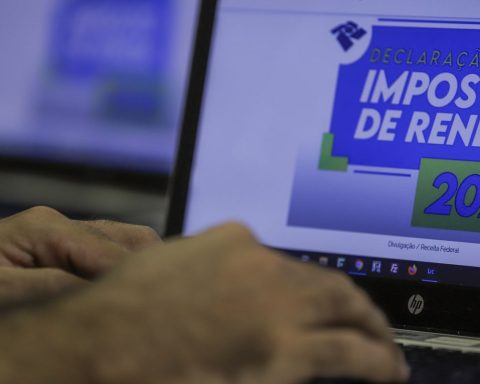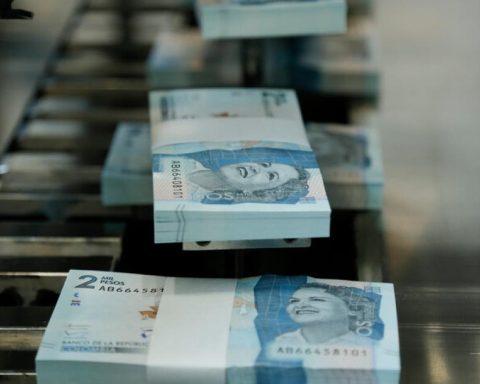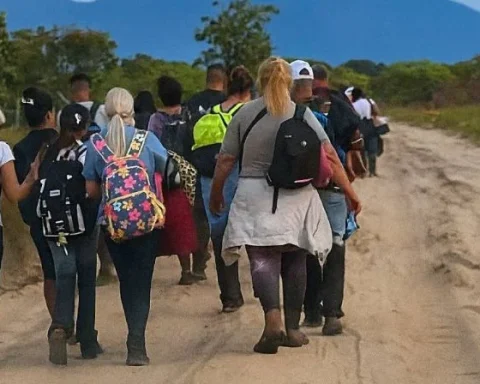In these elections in the South American country, young people represent 30% of the electoral roll. However, they are the segment of the population that participates the least in the elections
Santiago Peña, the official candidate for the presidential elections in Paraguay, won the elections this Sunday, April 30, with 43% support. He defeated the opposition Efraín Alegre, who led a center-left coalition and was positioned in the polls as the second most voted.
These are the results obtained after processing 95% of the votes.
Peña, who thanked “those who gave us their dreams and trusted in this project,” will assume his position in March. For him » the task that awaits us nights for a single game. We must call for unity and consensus.
The president-elect belongs to the Colorado party, in which the outgoing president Mario Abdo is also a member, who, by the way, has already recognized the results and congratulated him on his victory.
Congratulations to the Paraguayan people for their great participation in this election day and to the president-elect @SantiPenap. We will work to initiate an orderly and transparent transition that strengthens our institutions and the country’s democracy.
— Marito Abdo (@MaritoAbdo) April 30, 2023
In addition to him, other Latin American presidents, such as Lula Da Silva, from Brazil, and Alberto Fernández, from Argentina, expressed their congratulations and proposed visits to those countries.
On the other hand, with regard to Congress, the National Republican Alliance, the other name by which the Colorado Party is known, also leads the vote for the Senate, with 46.75% (189,981 votes), in this case with 15.62% of the scrutiny.
It should be noted that the participation in this electoral day -in which deputies, governors and councilors are also elected- stands at 59.75%.
How did the day go?
In Paraguay, voters chose a new president in elections for which 12,259 polling stations were set up. Of the 7 million total inhabitants, 4 million 782 thousand 940 were empowered to exercise their right to vote.
In this general election, for which 1,157 centers were opened throughout the territory at 7:00 am local time, the vice president was also chosen, as well as the new members of Congress, in addition to the governors of the 17 departments of that country. , with their respective members of the departmental boards.
Prior to the opening of the tables, the Superior Court of Electoral Justice (TSJE) invited citizens to participate in an election that in that nation he does not have a second round or re-election.
“We are ready to live and enjoy a great civic day. We invite the public to go out and vote, to participate with democratic conviction, which is already a tradition in the Republic of Paraguay”, affirmed the president of the TSJE, Jorge Bogarín, who celebrated that “the great day has arrived”.
The polls indicate that there will be a strong competition between the official Santiago Peña and the liberal opponent Efraín Alegre. One of them could be the successor of the outgoing president Mario Abdo Benítez, who belongs to the Colorado Party, linked to the ruling party. However, the Paraguayan candidate Cubas, who defines himself as anti-system, also appears in third place.
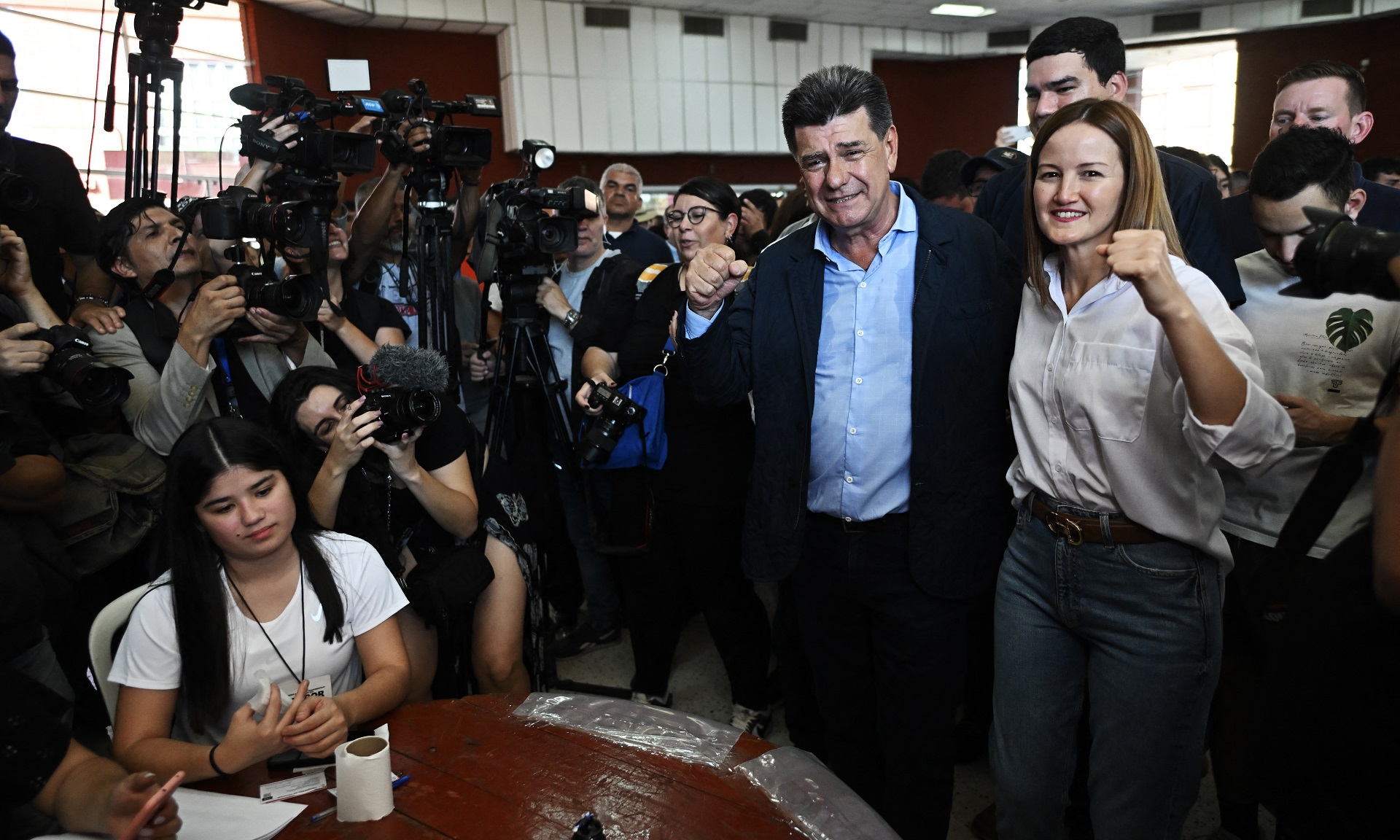
Efraín Alegre and his running mate, Soledad Núñez – AFP Photo
Coloradismo has ruled Paraguay for the last seven decades, with the exception of the brief government of progressive Fernando Lugo (2008-2012). For this reason, this political current is risking its continuity in power during this electoral day in which left-wing coalitions will also participate, such as the National Concertation, which is precisely headed by the happy candidate.
Also read: Elections in Paraguay: Why is the youth vote unknown?
It should be noted that in these elections in the South American country, young people represent 30% of the electoral roll. However, they are the segment of the population that least participates in the elections.
Experts have pointed out that misinformation on social networks, the feeling that all politicians are the same and not having a reliable party to choose from in this polarized society are three other reasons why many young people do not go to the polls.
With information from the EFE agency
Post Views: 675
